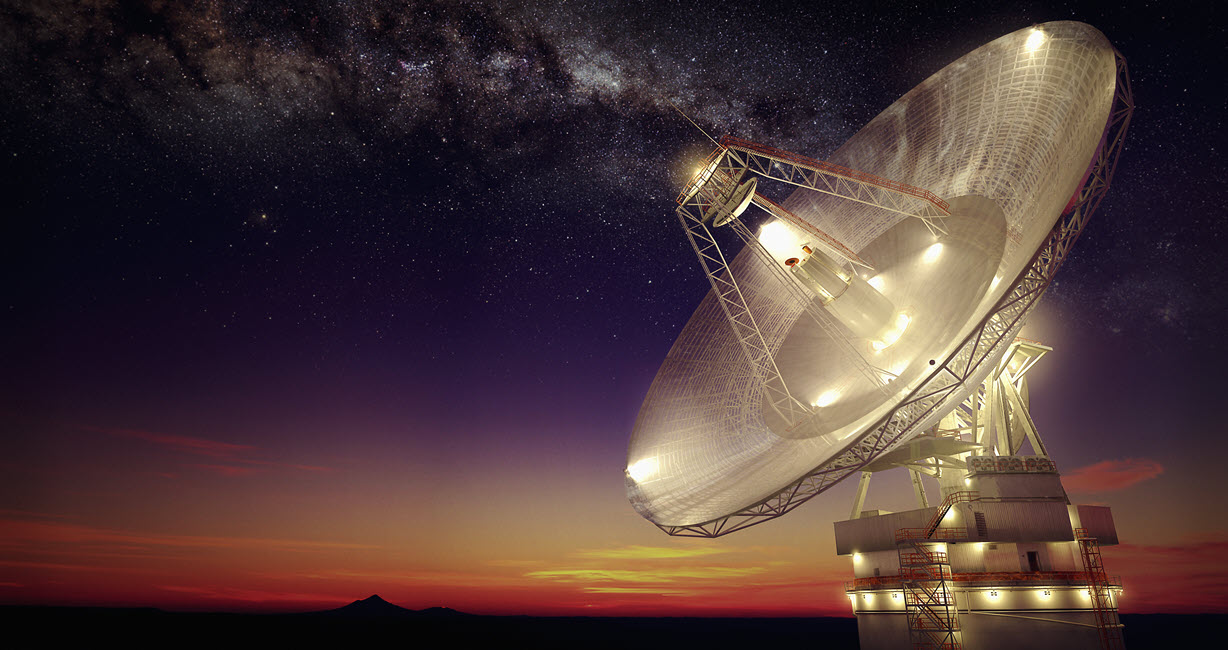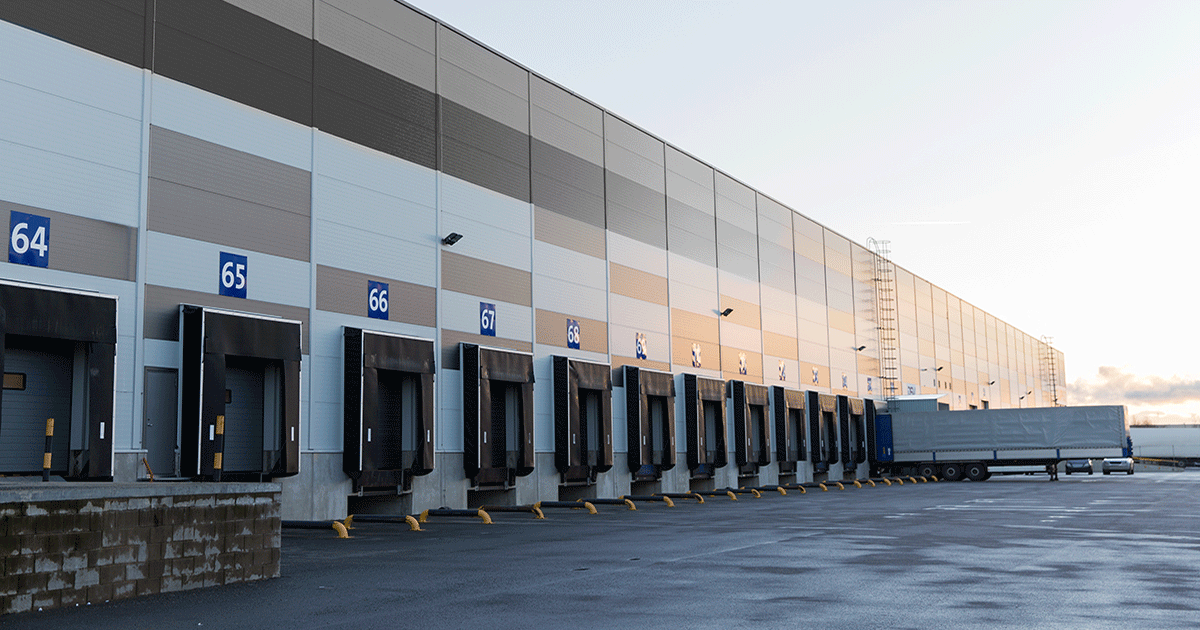Article content
Back in the 1980s, work in the satellite industry mostly revolved around large system integration projects. It was good work, because you left a small imprint somewhere in the world. However with the onset of fibre, I figured satellite would soon be over – and got my MBA in finance, always likening myself to an entrepreneur. Then the stock market crash of 1987 happened, so I could forget about a career on Wall Street and switched directions, taking extended overseas assignments as the global satellite industry was still booming.
I always had the travel bug from the days of hitchhiking from New York to Cape Cod in high school to exploring the canals of Amsterdam years later in Europe. An opportunity came to take a project in Thailand in 1990, continued onto Korea in 1991, a stop in Russia in 1992 for a very cold winter in St. Petersburg, where I saw remnants of communism, with a quick stop at the Kremlin to see Lenin (embalmed). No Instagram, snapchat or selfies back then! From there I worked for a couple years in Brazil (learning to converse well in Portuguese) before moving to Asia, working in Singapore with SingTel, Hong Kong with Reach (where I helped to build two antenna systems at Stanley Teleport), a few years with Star TV and then to China where I witnessed the Hong Kong handover live from Tiananmen Square.
Start-up in Thailand & Pakistan
We had a great run to 1998, but eventually the company went out of the business, so I decided to start my own company based in Thailand – Ascendia Consulting. Business was good, closing deals with ESPN/Star Sports, CNBC-Asia, Dream Broadcasting (Philippines) and CNBC’s satellite network in Pakistan, including a memorable visit to Karachi. By 2004, business slowed down and I had a fiancé to introduce to my mum, so I returned to the US after 15 years on the road.
US government contracting
Moving back to the US was like entering a foreign country. I initially worked in a startup business with a longtime friend from the satellite industry. I was employee number four and won deals with the US Army, Homeland Security, and learned everything about US Government contracting. I briefly returned to Asia, setting up a satellite company in Hanoi, Vietnam and was involved with a domestic fiber build in Laos, before being headhunted by Telstra for a satellite video services sales role based in Hong Kong. The job ended up going to an internal candidate, but it was good to know my skills and work experience were recognised.
Next stop was a job with Artel, based in DC, working with the owner, Abbas Yazdani and a core group of just 10. The focus was again on government contracting, working with some of the best proposal writers and pricing strategists in my career. We also worked closely with Telstra on a number of projects. Once Abbas sold the company and the core group left, it was time for a change and Telstra again came calling for a US satellite sales overlay role. I was not entirely sure what it would entail but decided to give it a try
Telstra Who?
Until then, I had never worked for a major telco. I was given the entire US and EMEA as my territory, but no accounts to start with and no satellite service was actually contracted out of either the US or UK. But, I knew everyone in the industry, so the rest would be easy, right? It turns out it was not so easy as the first response to a sales pitch in the satellite world was usually “Telstra who?” My big sales break came with a US enterprise looking for international services. We put together a string of wins, slowly bringing in a new logos and being selected for major RFPs.
Not knowing many of internal procedures, we responded to these RFPs with a firm “Yes” and then figured out how to lease property, structure complex deals and to prepare the necessary contracts. Fast forward to 2019 and the team are winning monumental satellite deals, recently delivering two ground stations (teleports) in Australia as part of a 42-site build globally for a Low Earth Orbit satellite solution.
The Future of Satellite
Telstra has access to over 60 satellites via its teleport facilities in Australia and Asia as well as partner teleports in Europe and USA. With more than 45 years’ experience in satellite teleport operations and satellite services, Telstra has become a one-stop shop solution for connectivity and network application needs. The Americas is by far the most untapped market, and verticals involving new satellite fleets include the US Department of Defense and major OTT providers. As my journey continues, I have enjoyed the challenges Telstra has afforded to me and I look forward to many more.

